Invitation to Bid Letter Template for Efficient Bidding
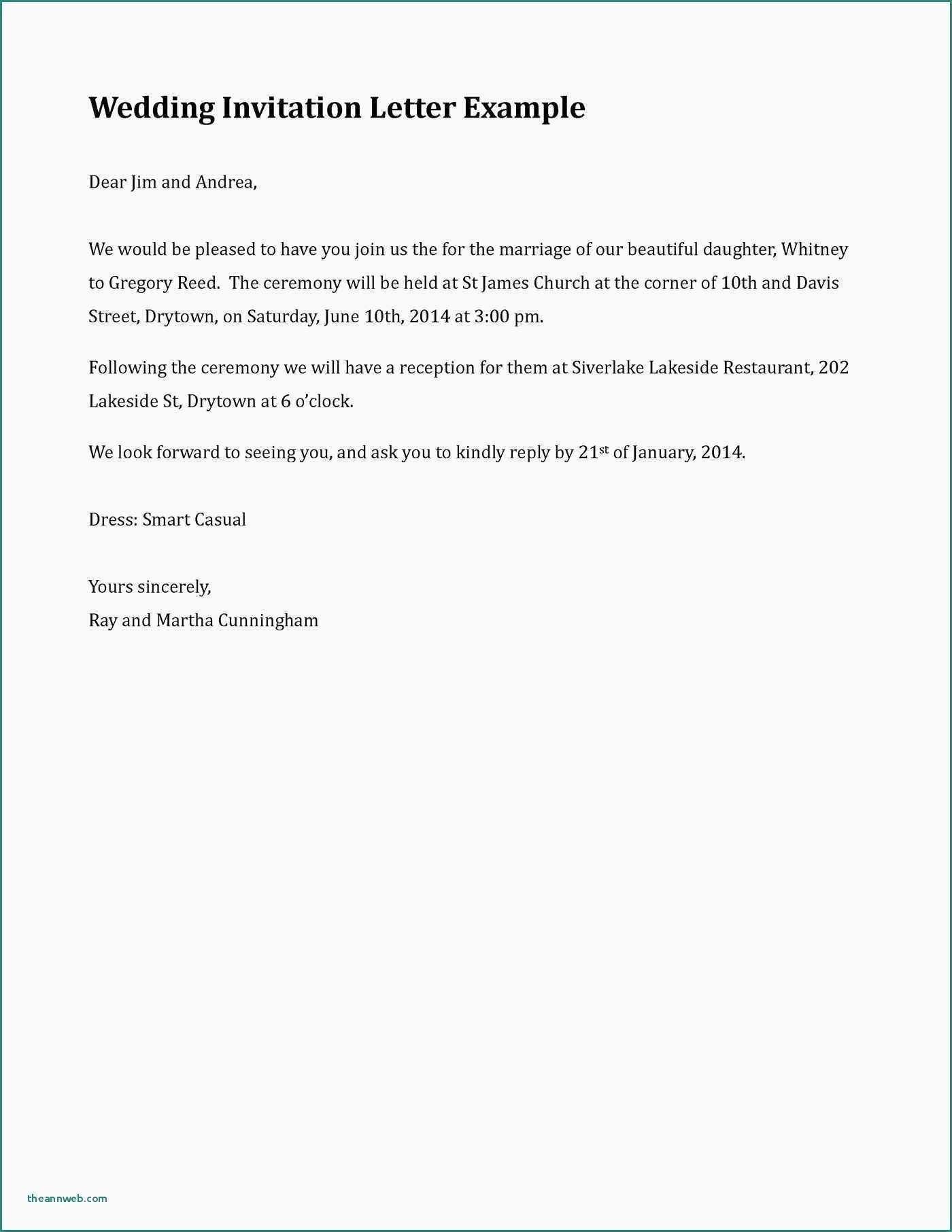
When engaging in a project that requires outside contractors or suppliers, it’s crucial to clearly communicate the need for proposals. Crafting a formal document that invites potential partners to submit their offers can ensure transparency, attract the right candidates, and streamline the selection process. A well-structured request helps define expectations and set the stage for successful collaborations.
In this guide, we will explore the key elements of drafting such a document. Whether you’re new to the process or looking for ways to improve, understanding the essentials of creating an effective proposal request is a valuable skill. From the tone and language to the specific information to include, we will cover everything needed to make this process as efficient as possible.
Effective communication is essential for receiving accurate and competitive proposals. By providing clear guidelines, you enable potential partners to understand your needs and present their best solutions. This approach benefits both sides and lays the foundation for strong working relationships.
Understanding Proposal Request Documents
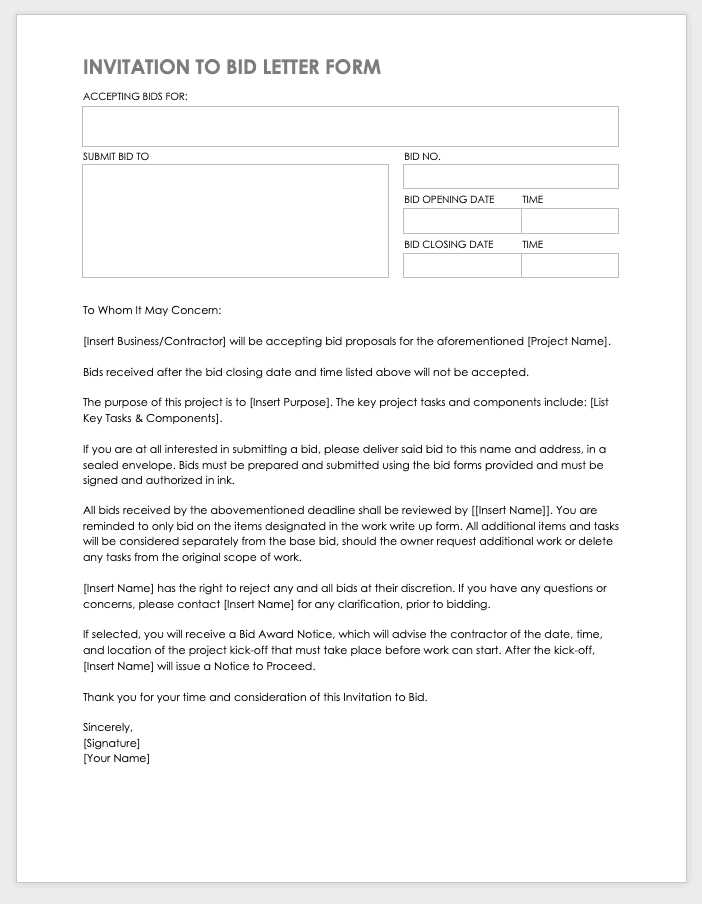
When seeking external offers for a project, it’s important to outline clear expectations and requirements. A well-crafted document serves as a formal request to potential partners, inviting them to present their proposals. The purpose of such a communication is to provide necessary details that guide the responses, ensuring they align with your needs and goals.
These formal requests typically highlight the scope of work, deadlines, and evaluation criteria, giving vendors a clear framework to prepare their submissions. By clearly defining the criteria for selection and expectations for service or product delivery, both the requester and the respondents benefit from a structured process.
Clarity and professionalism are essential when composing such a document. It should effectively communicate the objectives, terms, and conditions of the project, allowing vendors to provide accurate and competitive proposals. A clear and transparent approach reduces the chances of misunderstandings and ensures a smoother selection process.
Essential Information to Include
When preparing a formal document requesting proposals, it’s important to provide all necessary details to guide potential partners. Including the right information ensures that the recipients fully understand the scope and expectations of the project, leading to relevant and competitive responses. Clear communication is the key to a successful proposal process.
Project Overview and Scope
The document should begin with a brief introduction to the project, outlining its purpose, goals, and expected outcomes. Providing a clear description of the scope helps vendors understand the scale of the work involved and allows them to tailor their responses accordingly.
Submission Guidelines and Deadlines
Clearly state the deadline for submissions and any specific guidelines for how responses should be formatted or delivered. This includes instructions on the documents required, required qualifications, and any other relevant details, ensuring a smooth submission process.
Steps for Creating a Proposal Request
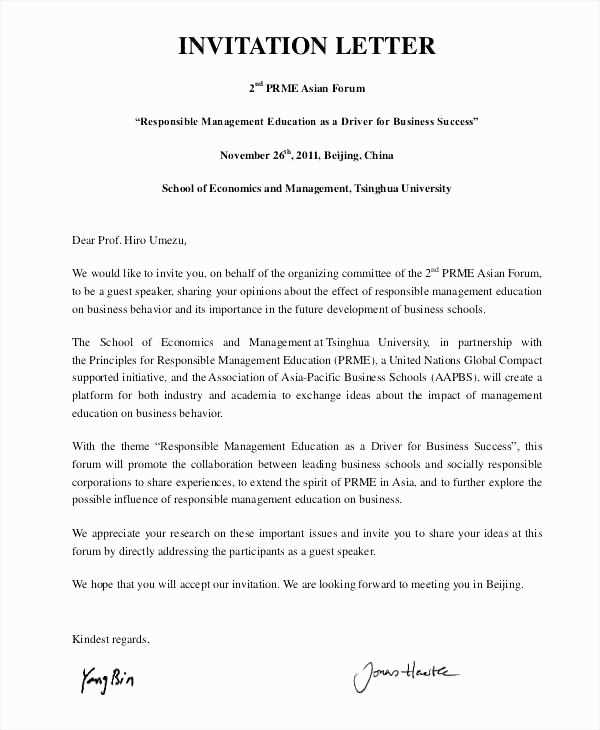
Creating an effective document to solicit offers requires careful planning and attention to detail. A well-structured request provides potential contractors or suppliers with the necessary information to submit relevant and competitive proposals. Following a systematic approach ensures that your request is clear, professional, and likely to attract the best responses.
Define the Project and Requirements
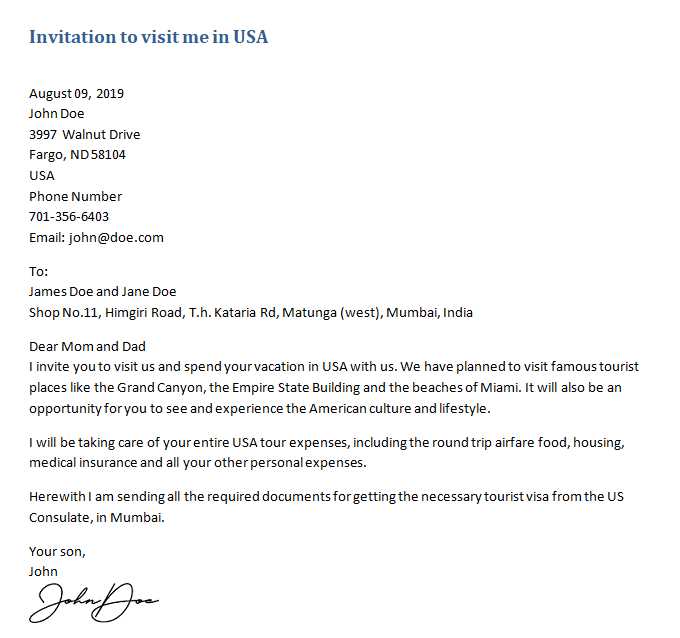
Start by clearly defining the objectives and scope of the project. Outline the specific services or products you need, as well as any technical specifications or standards that must be met. This step helps potential responders understand exactly what is expected and whether they are equipped to fulfill the requirements.
Set Clear Expectations and Deadlines
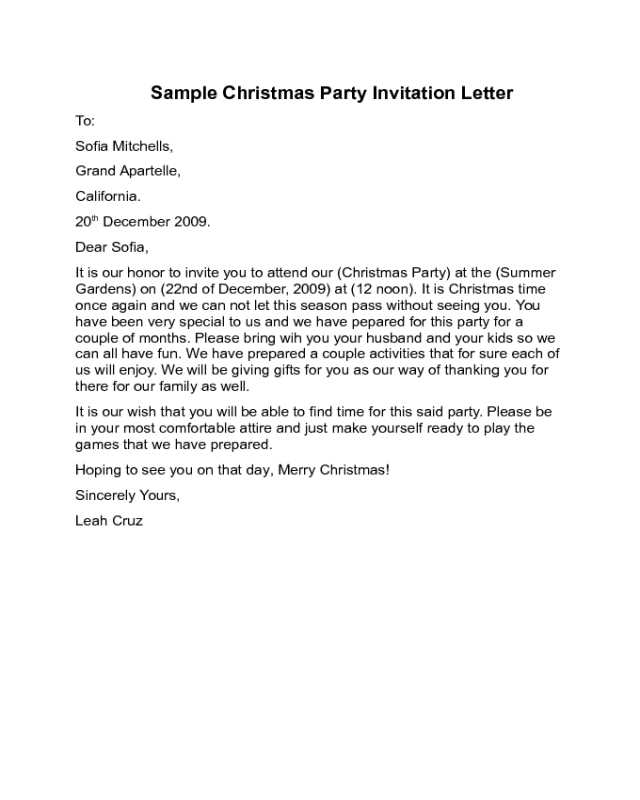
Clearly communicate submission deadlines, terms of the contract, and any other key dates, such as project start and end dates. Additionally, outline the evaluation criteria to ensure that vendors understand how their proposals will be assessed. Setting clear expectations from the outset helps avoid confusion and streamlines the selection process.
Avoiding Common Proposal Request Errors
When creating a formal request for offers, it’s essential to avoid common mistakes that could lead to misunderstandings or incomplete submissions. Small errors in the document can confuse potential partners, delay the process, or result in irrelevant responses. Ensuring clarity and precision can help keep the process smooth and efficient.
| Error | Solution |
|---|---|
| Unclear Project Scope | Provide a detailed description of the project, including specific deliverables and expectations. |
| Vague Deadlines | Clearly state submission deadlines, evaluation dates, and project milestones to avoid confusion. |
| Lack of Evaluation Criteria | Outline the criteria that will be used to assess proposals, ensuring vendors understand how their submissions will be reviewed. |
| Excessive or Missing Requirements | List all necessary documentation and qualifications, but avoid overwhelming vendors with unnecessary requests. |
Real-World Examples of Proposal Requests
Looking at real-world examples can help you understand how to structure and format your own request for proposals. These examples illustrate how different industries tailor their documents to suit specific project needs and goals. By examining various cases, you can gain valuable insights into what works well and what to avoid when crafting your own communications.
Example 1: Construction Project
In the construction industry, proposal requests typically include detailed technical specifications, timelines, and compliance requirements. A well-organized request ensures that vendors understand safety protocols, design expectations, and regulatory guidelines, allowing them to submit precise and competitive proposals.
Example 2: IT Services
For technology-related projects, the request might focus on the technical expertise required, such as software development skills or cybersecurity experience. Including specific project milestones and clear expectations around data security is critical to receiving relevant and informed responses from potential partners.
In both examples, clarity, specificity, and professionalism are key to attracting the right candidates and fostering successful partnerships.
Best Practices for Clear Communication
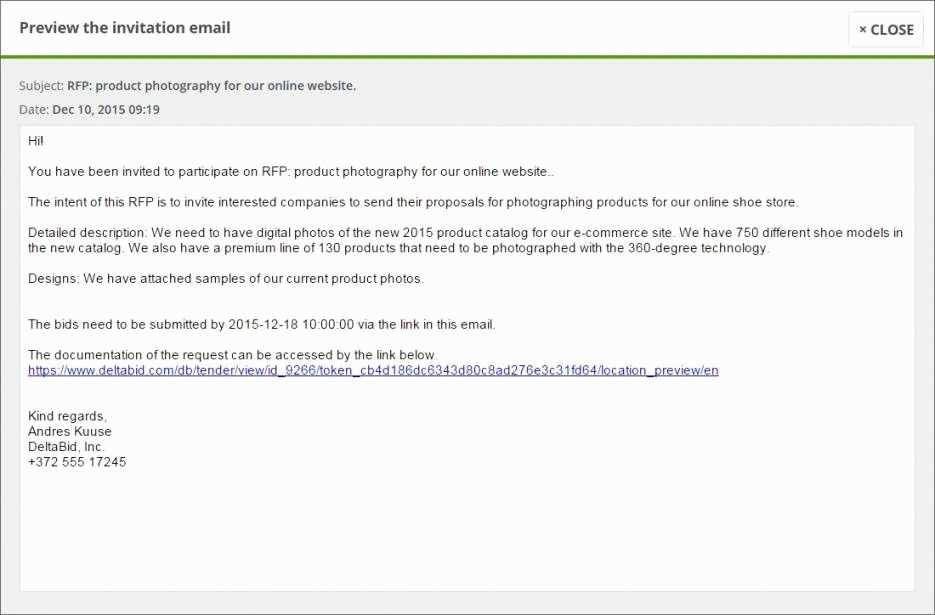
Effective communication is critical when requesting proposals or offers for any project. Ensuring that the details are conveyed clearly and concisely helps avoid misunderstandings and sets the stage for a smooth and efficient process. Following best practices can help you craft messages that are easy to understand and that motivate potential partners to respond appropriately.
- Be Specific: Clearly define the objectives, deliverables, and timeline of the project to avoid any confusion.
- Use Simple Language: Avoid jargon and overly complex terms. Make sure your message is accessible to a wide range of recipients.
- Provide Examples: Offering concrete examples or previous successful collaborations can help recipients understand the expectations more effectively.
- Be Concise: Avoid unnecessary details that may overwhelm the reader. Stick to the essentials that will help vendors understand the scope and requirements.
By focusing on these principles, you ensure that your requests are clear, actionable, and lead to productive responses. These guidelines help foster positive interactions and set the foundation for a smooth collaboration process.